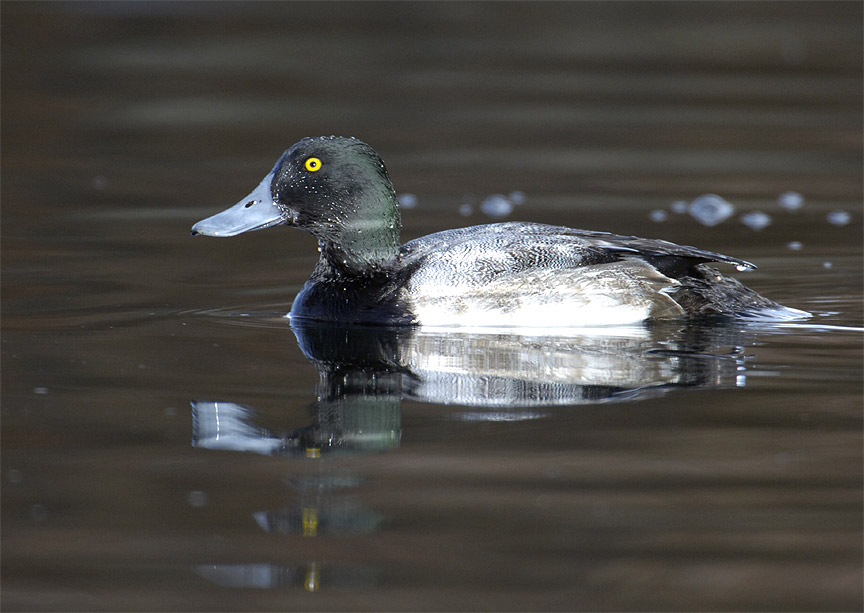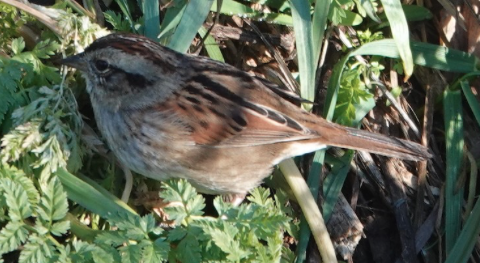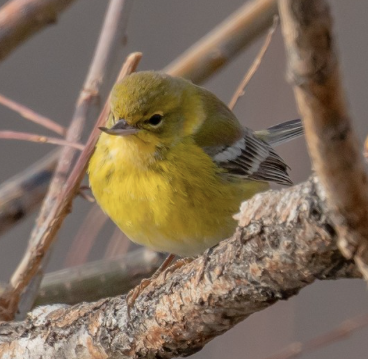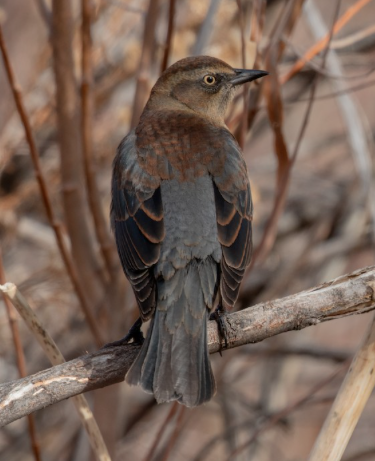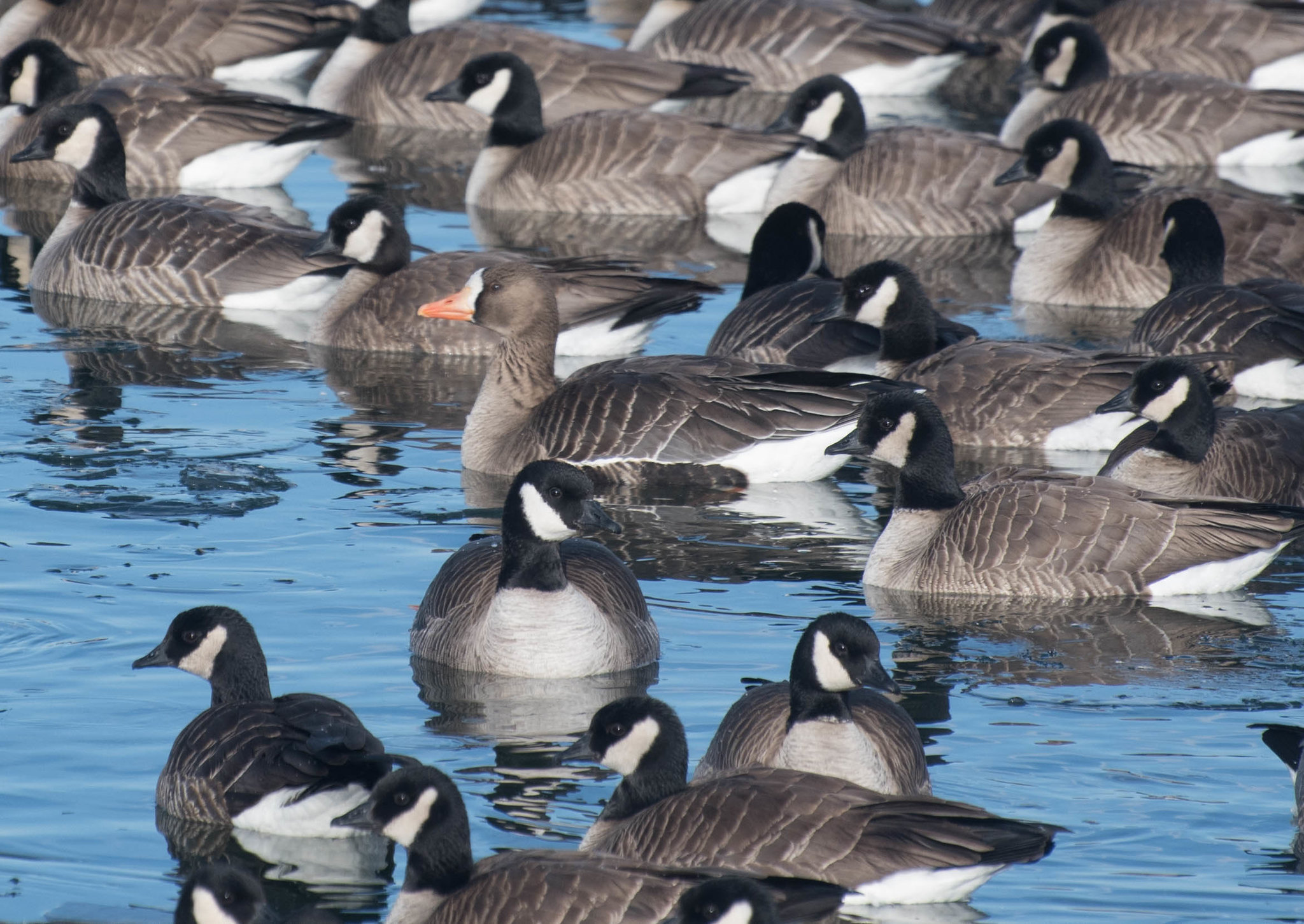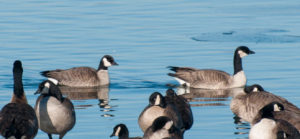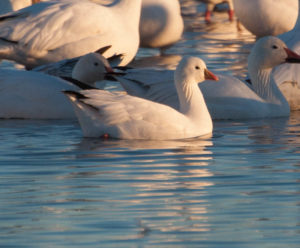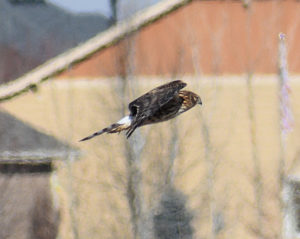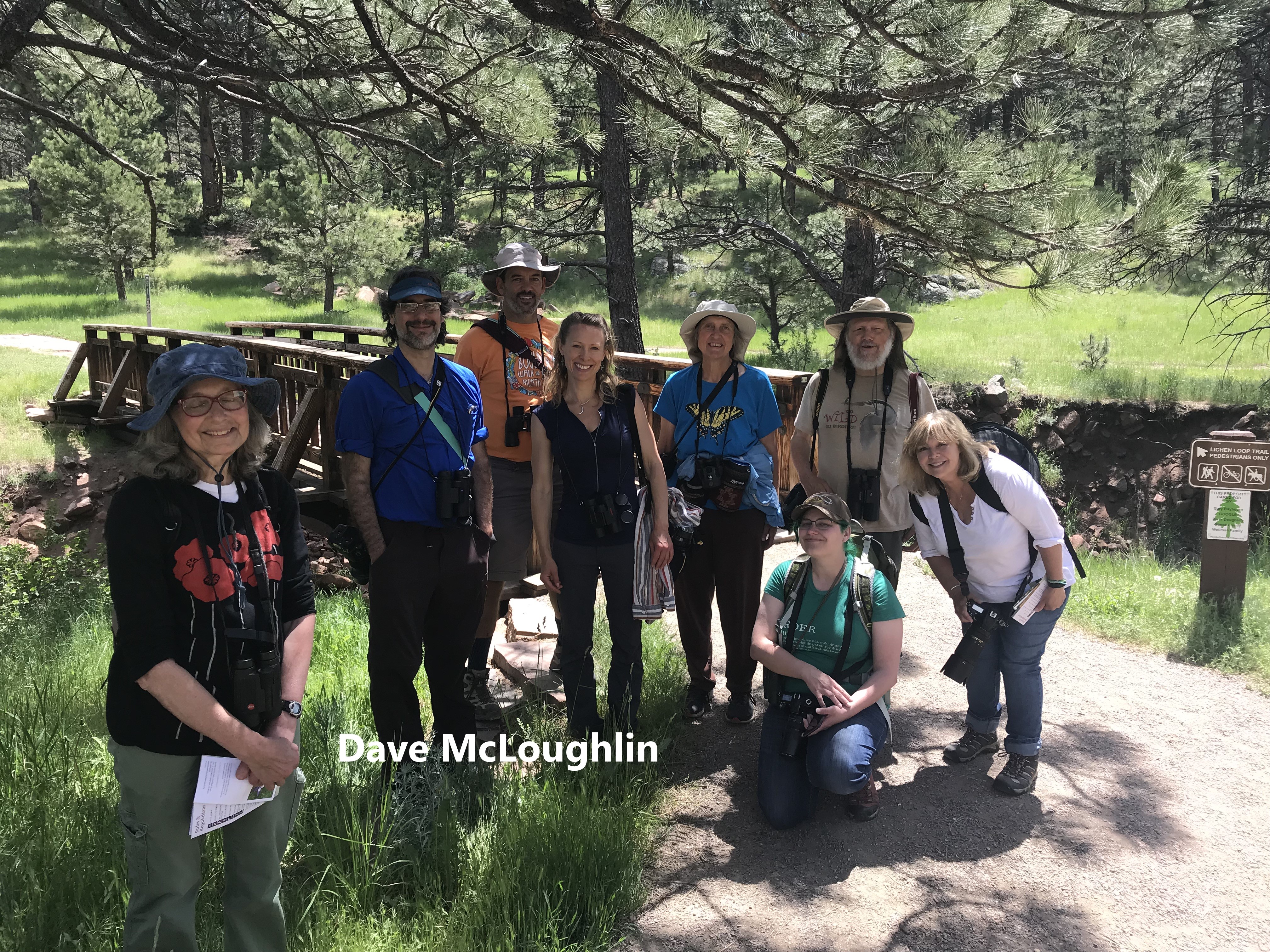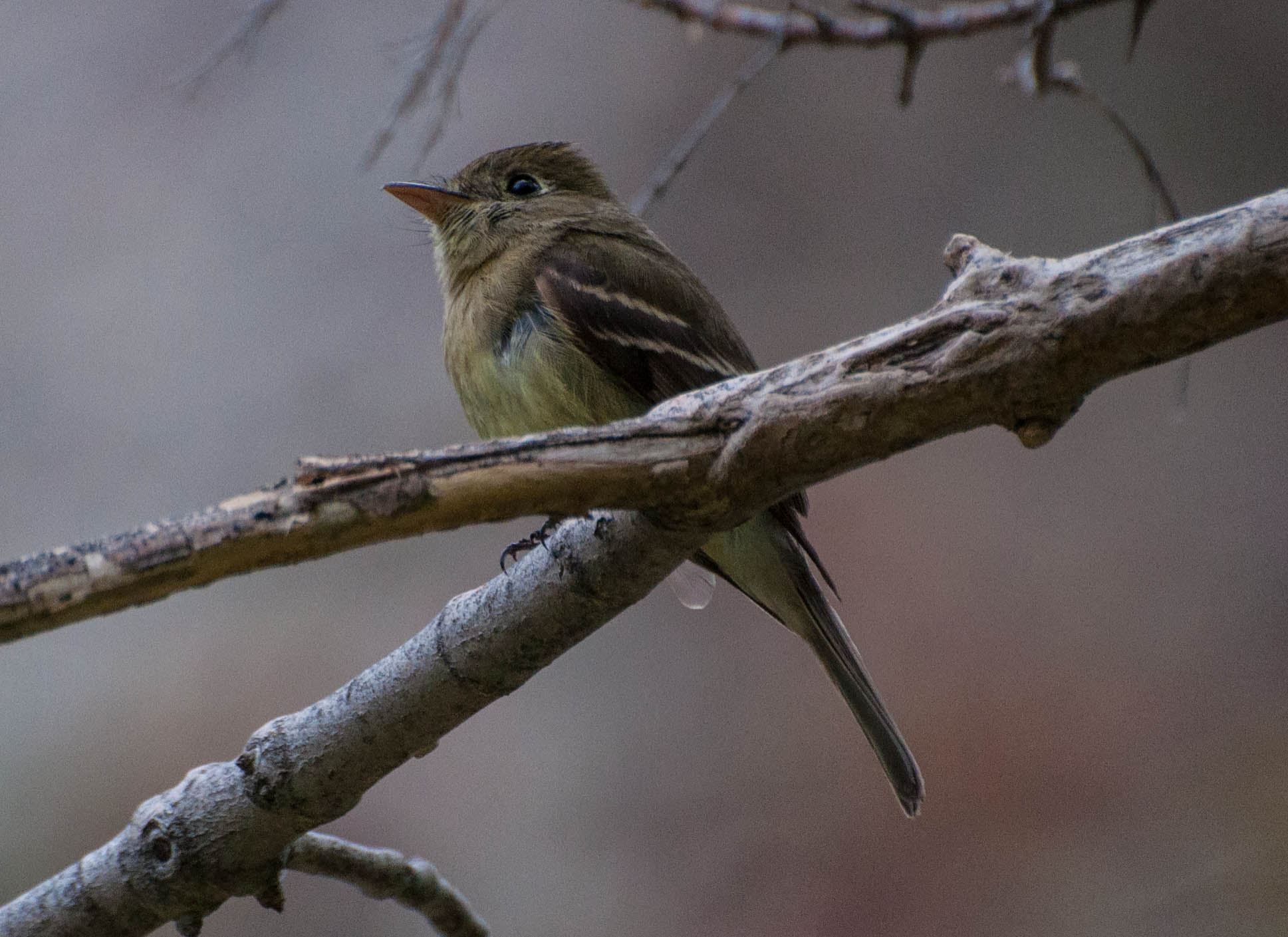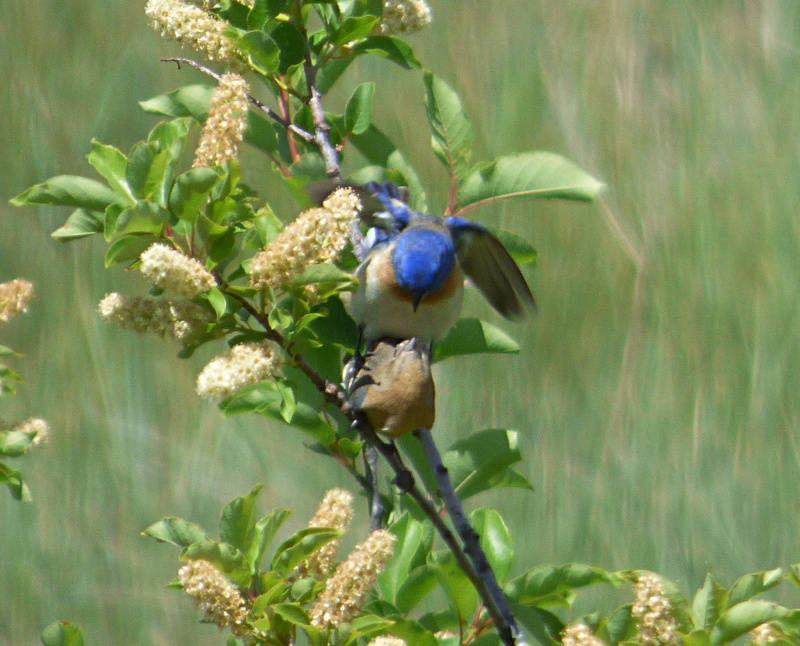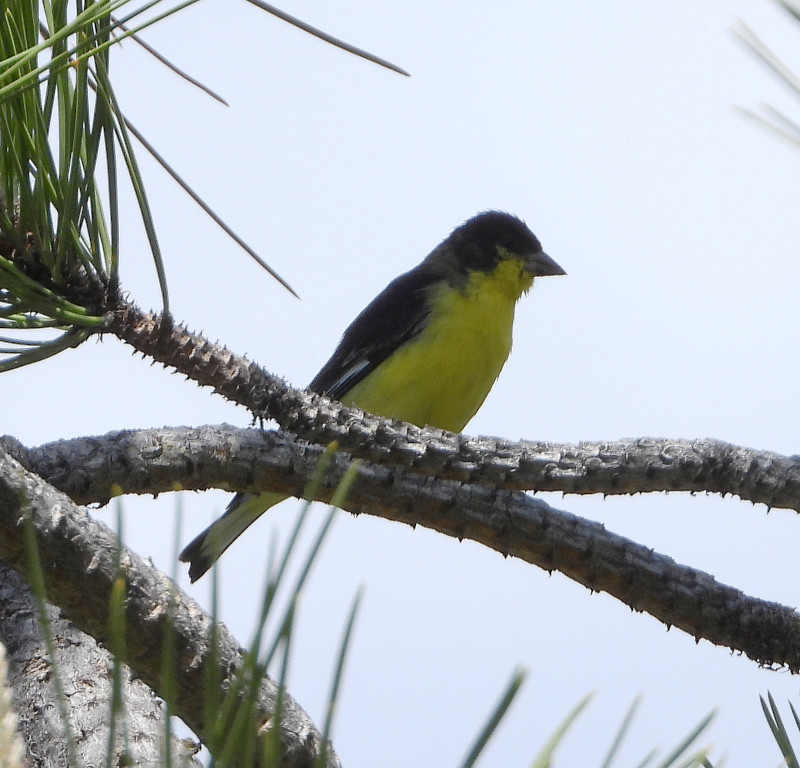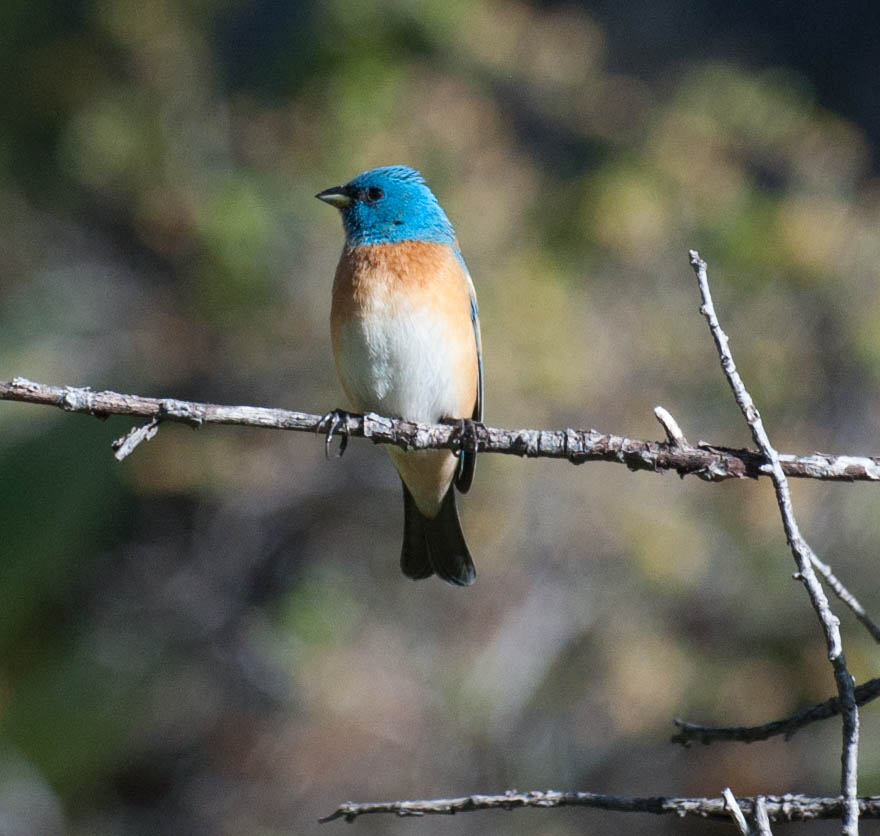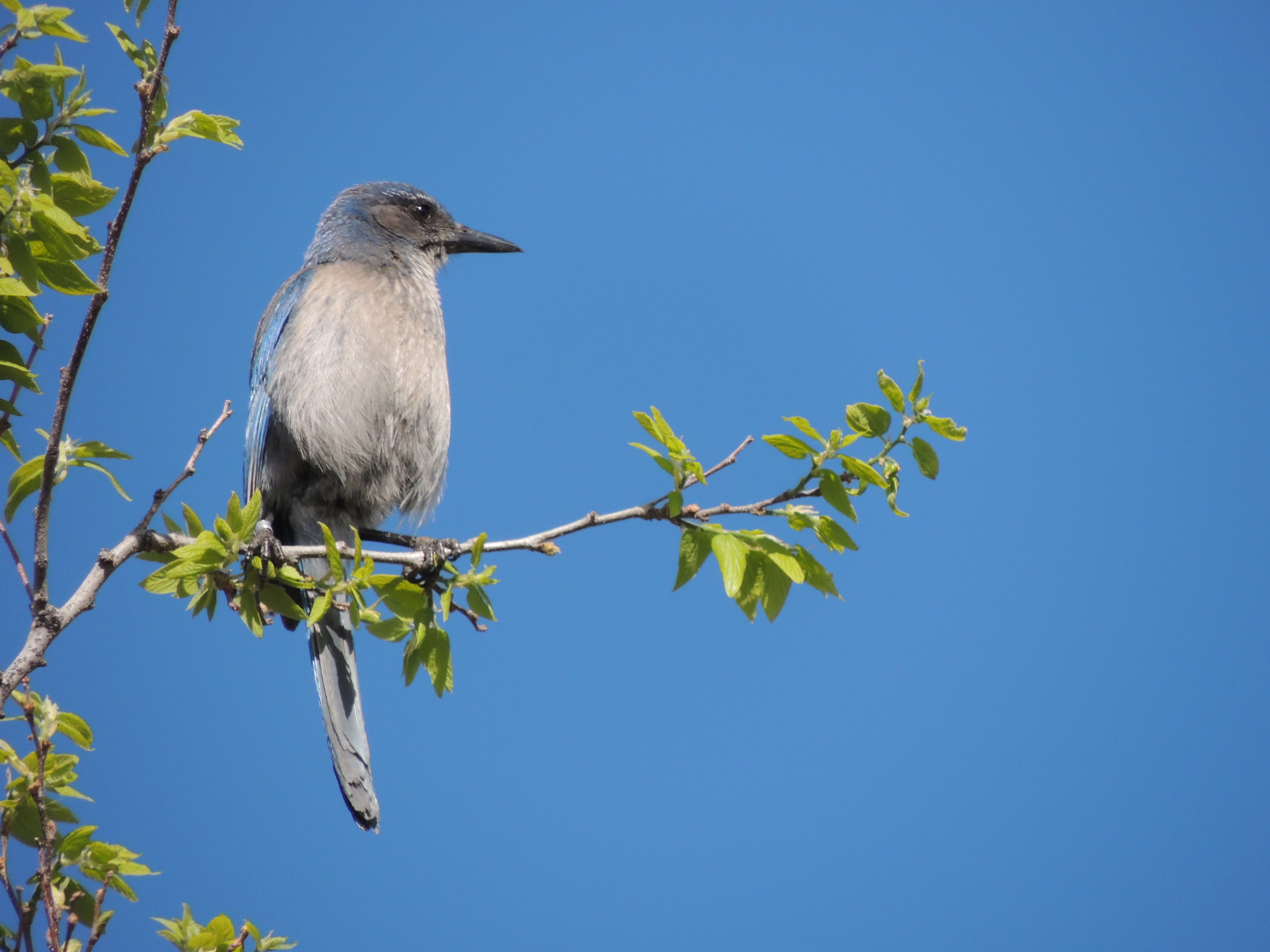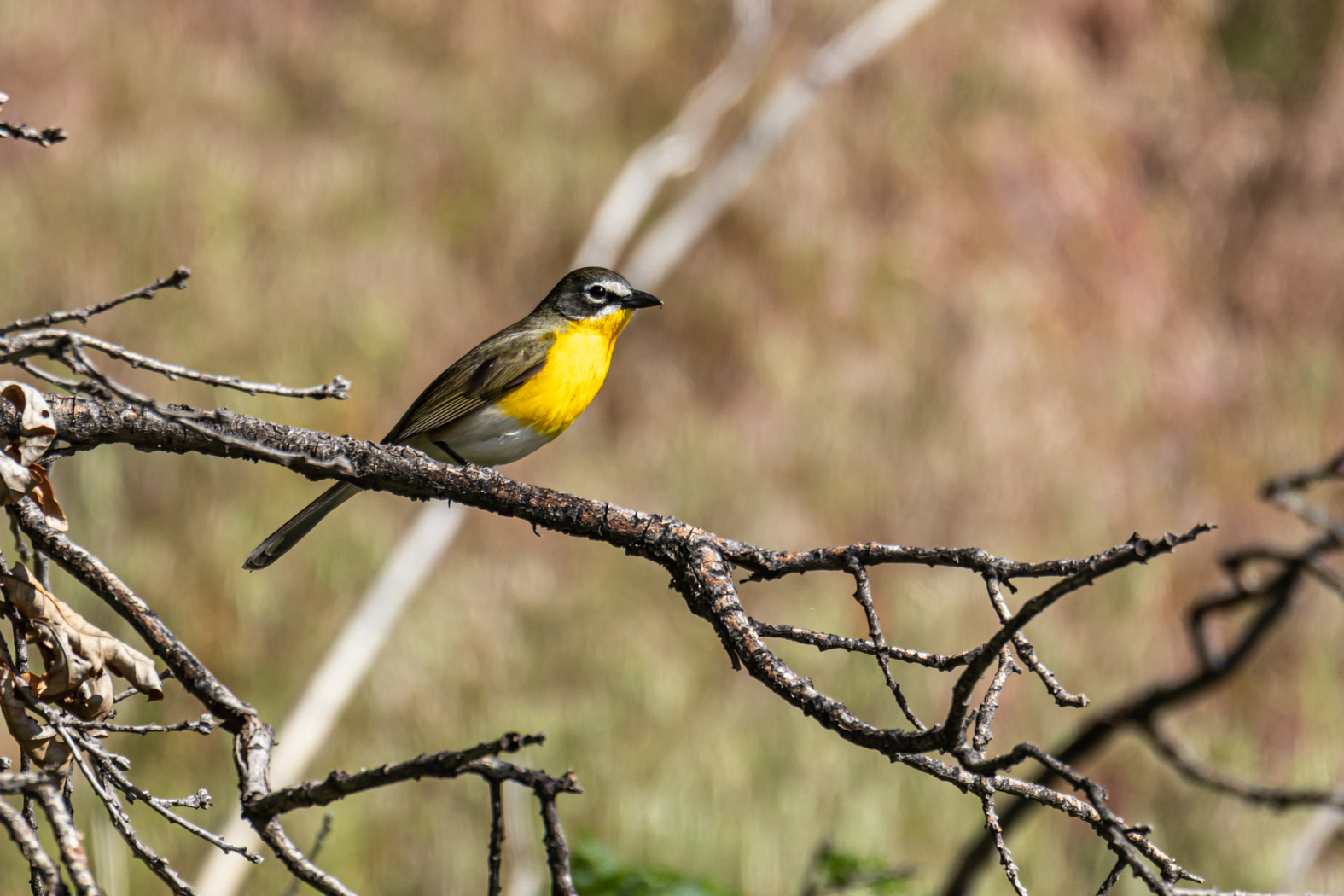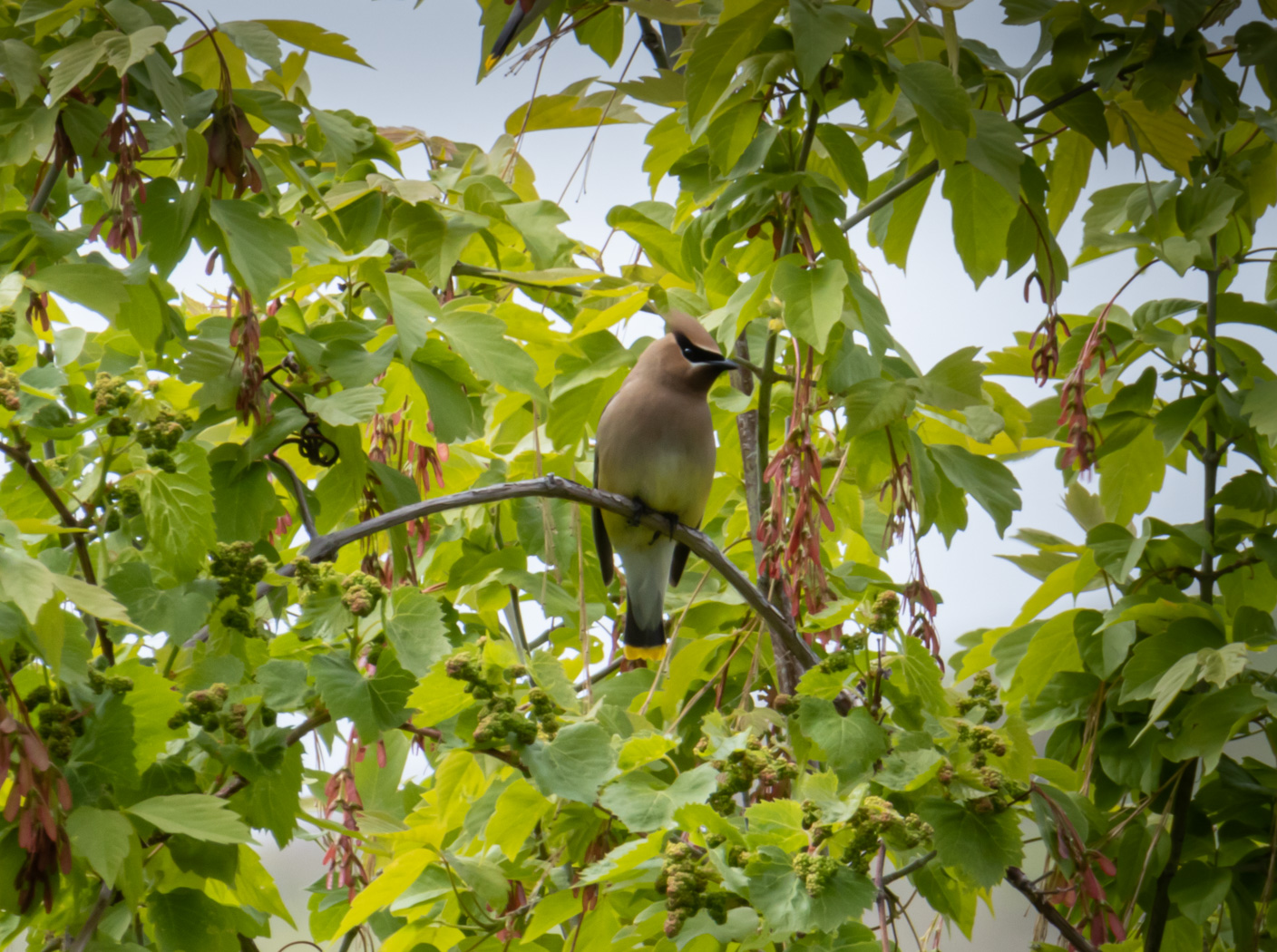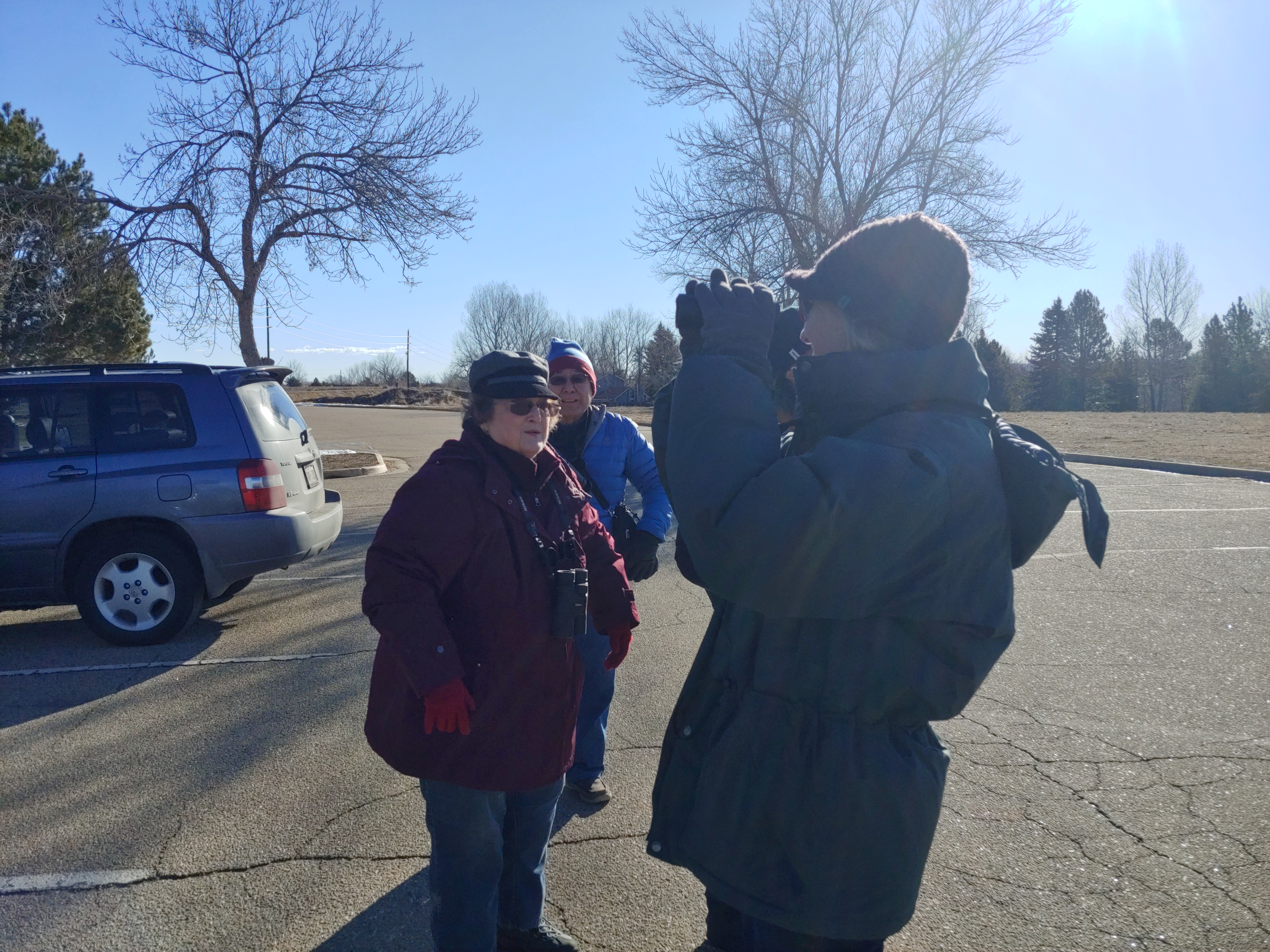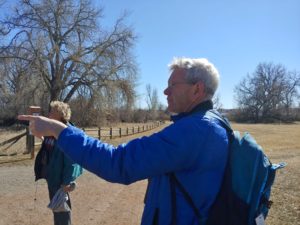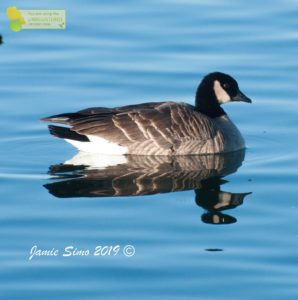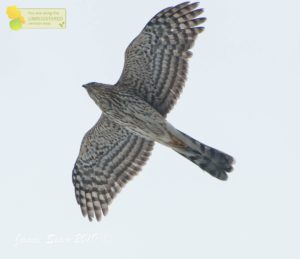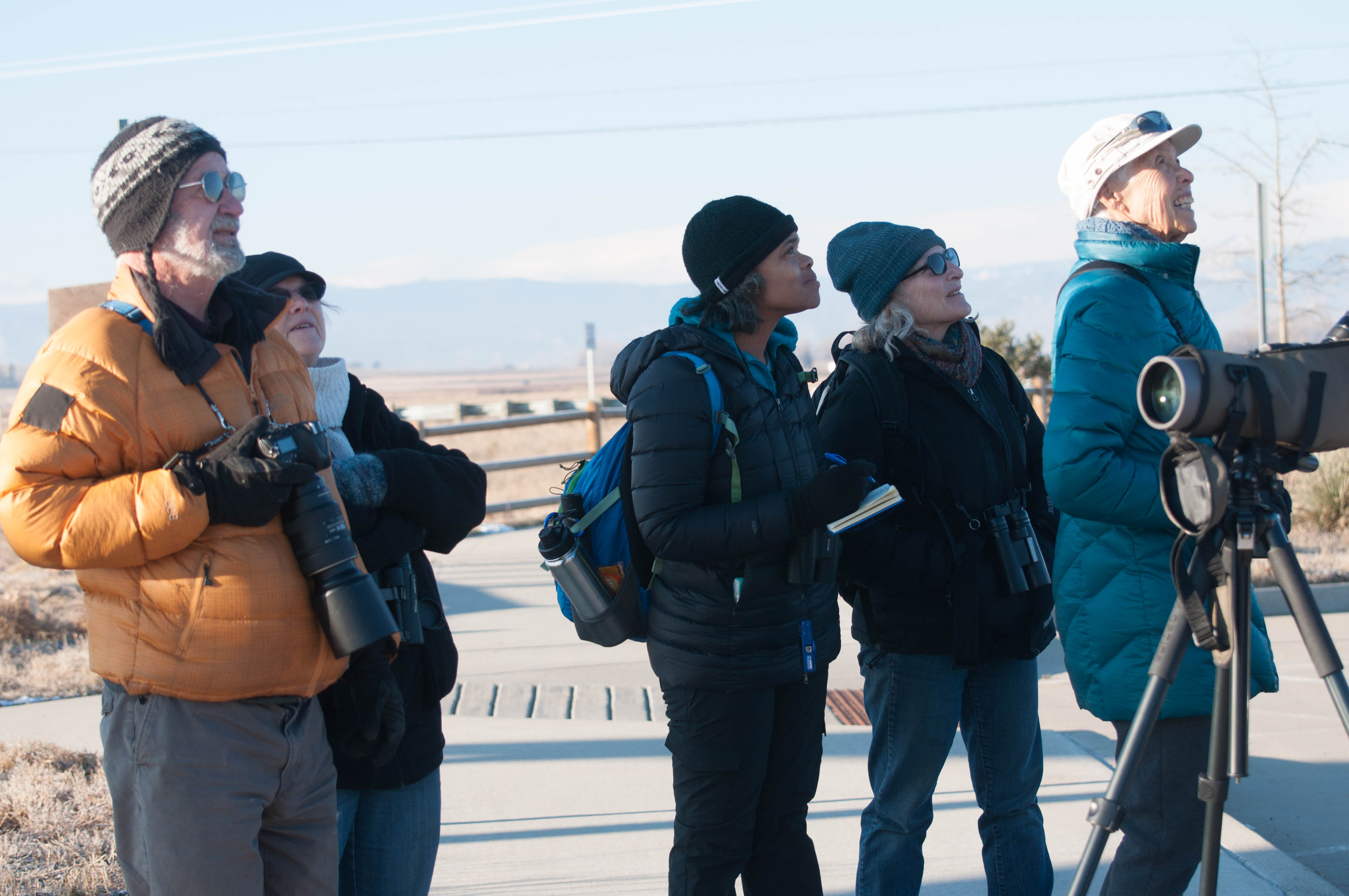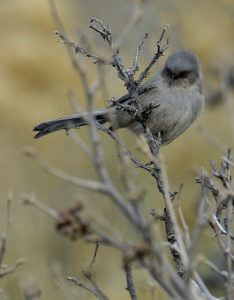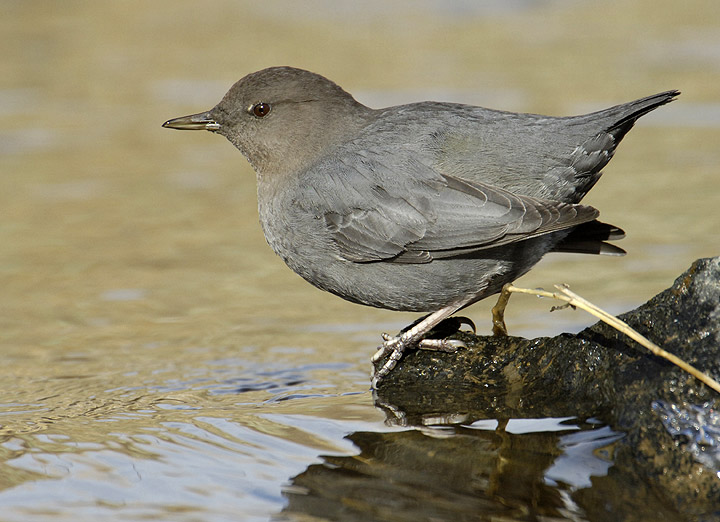
Saturday at South Platte Park was a memorable one. We had great weather, a great group, and OUTSTANDING birds! We began at Blackrock Lake where we spent time working on the finer points of Greater Scaup identification. These diving ducks belong to the Aythyagenus along with Canvasback, Redhead, Tufted Duck, Ringed-neck Duck, and Lesser Scaup. A few of these are very similar and it takes some work learning the subtle differences required to differentiate them. Telling Greater Scaup from Lesser Scaup is the biggest of these challenges. They are very similar in all plumages. However, here are a few things to work on. Greater Scaup are 18” long and weigh 2.3 lbs; Lesser Scaup are only an inch shorter, but they weigh half a pound less (22% less). So, Greaters just seem heftier – bigger rounded head, big jowls, wide body; while Lessers are more attenuated – thinner body, thinner head, thinner neck, more pointy-headed. This is all pretty subtle stuff, but we wouldn’t want this bird-watching game to be too easy now, would we? One of the things that really helped us out on Saturday was that the Greater Scaup were mixed in with some Ring-necked Ducks which are roughly the same size and weight as Lesser Scaup. Our Greaters were significantly bigger than the Ring-necked Ducks.
We next moved on over to where the South Platte flows under C-470. There was a good variety of ducks here, but the real prize was a singing American Dipper that just went on and on. Beautiful! Particularly in December!
We then proceeded over to a relatively new beaver pond just south of C-470 where we had several great birds: Wood Duck, Wilson’s Snipe, Swamp Sparrow, Rusty Blackbird, and Pine Warbler. The look we had at the Swamp Sparrow was world class. The bird sat out in the open for ten minutes and we got to note every important feature – similar to a Song Sparrow but a bit smaller, more delicate, and shorter tailed – strongly streaked gray and brown crown, gray nape, clean white throat, dark rufous wings and shoulders, blurry gray-buff streaking on upper breast, and clean white belly. The best look I’ve ever had! We got a good enough look at the Rusty Blackbird in order to identify it, but it was high in a tree and a bit far away.
Finally, the real highlight of the day was the Pine Warbler. This bird breeds and winters in the eastern half of the United States, occurring rarely here in Colorado. We had several opportunities to get reasonably good looks – greenish-olive crown and back, throat and breast bright yellow with line of faint yellow extending back below and behind the darker auricular (ear) patch, with faint smudgy streaking on sides of the breast, white belly and under-tail coverts, yellow broken eye-ring creating eye arcs above and below the eye with a small yellow lore spot (between the eye and the bill), wings grayish with two strong white wing-bars. There was one disconcerting feature on this bird – it’s lower mandible was deformed, having grown out longer than normal. It seemed to be doing fine, but who knows what the impact of that may have on its survivorship.
Good birding!
Chuck
South Platte Park, Dec 5, 2020
40 species (+1 other taxa)
Canada Goose 24
Cackling/Canada Goose 80
Wood Duck 2
Northern Shoveler 38
Gadwall 30
American Wigeon 18
Mallard 37
Green-winged Teal 13
Ring-necked Duck 46
Greater Scaup 8
Bufflehead 12
Common Goldeneye 19
Hooded Merganser 18
Common Merganser 22
Pied-billed Grebe 2
Rock Pigeon (Feral Pigeon) 6
American Coot 7
Killdeer 3
Wilson’s Snipe 1
Ring-billed Gull 1
Great Blue Heron 1
Red-tailed Hawk 1
Belted Kingfisher 4
Hairy Woodpecker 1
Northern Flicker 3
American Kestrel 1
Blue Jay 1
Black-billed Magpie 2
American Crow 2
Common Raven 2
Black-capped Chickadee 16
White-breasted Nuthatch 2
Brown Creeper 1
American Dipper 1
House Finch 2
American Goldfinch 1
Song Sparrow 7
Swamp Sparrow 1
Western Meadowlark 1
Rusty Blackbird 1
Pine Warbler 1


